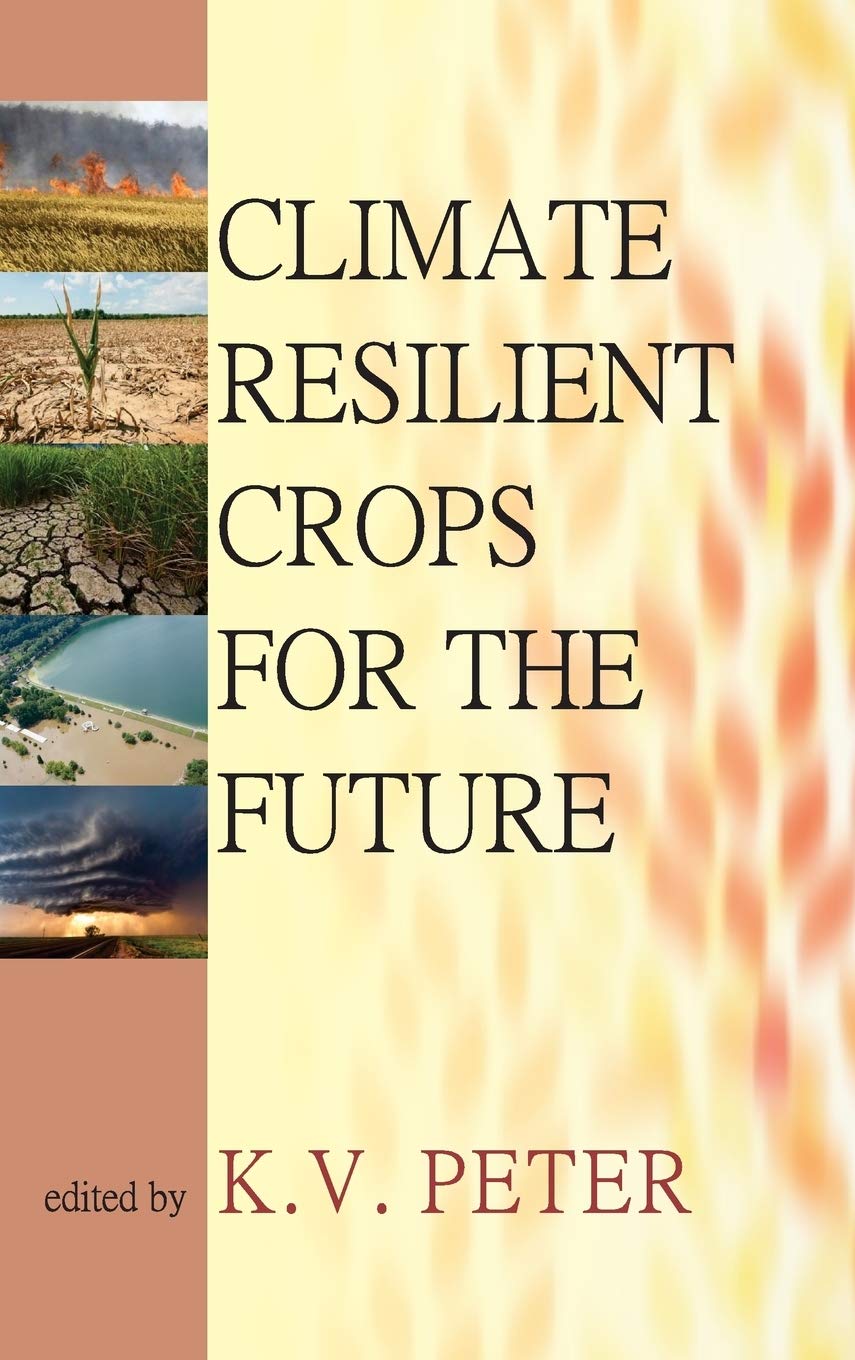Climate Resilient Crops for the Future
Climate Resilient Crops for the Future
Couldn't load pickup availability
Concise Oxford Dictionary defines Resilience as recoiling; springing back; resuming its original shape after bending, stretching, compression etc. With five components of crop production -space, water, energy, light, nutrients- limiting, there are stresses on crops to perform at threshold input yielding optimum output. Droughts and floods, cold and heat waves, forest fires, landslides and mud slips, ice storms, dust storms, hailstorms, thunder clouds associated with lightening and sea level rise are throwing new challenges to farming. This dangerously narrow level of food base prompts to widen the base of grains, vegetables, fruits, spices, industrial crops, mushrooms and aromatic plants. The emphasis so far was more on terrestrial plants, forest plants and lesser on lower plants. The aquatic plants-fresh water, brackish water, marine- were not much explored for edible use except by Chinese and Japanese. Halophytes, bryophytes, ferns and sea weeds are so far climate resilient. The Indo-Burmese Centre of origin (Hindustan centre including North East) is abode of several plants of possible vegetable, fruit and spicy value. The New Life styles consequent to migration for employment have brought newer food and dietary patterns. The urbanization and smaller family size are leading to pre-cooked foods and visitation to restaurants. s on bryophytes, halophytes, microalgae, chasmophytes, pseudocereals, medicinal mushrooms, speciality mushrooms, palmyrah palms, bramakamal, tropical tuber crops, dragon fruits, broad dhaniya, plants for dyes, kale and ornamental ginger are authored by eminent working scientists from 21 Universities and Research Institutes in Japan and India.
Share

